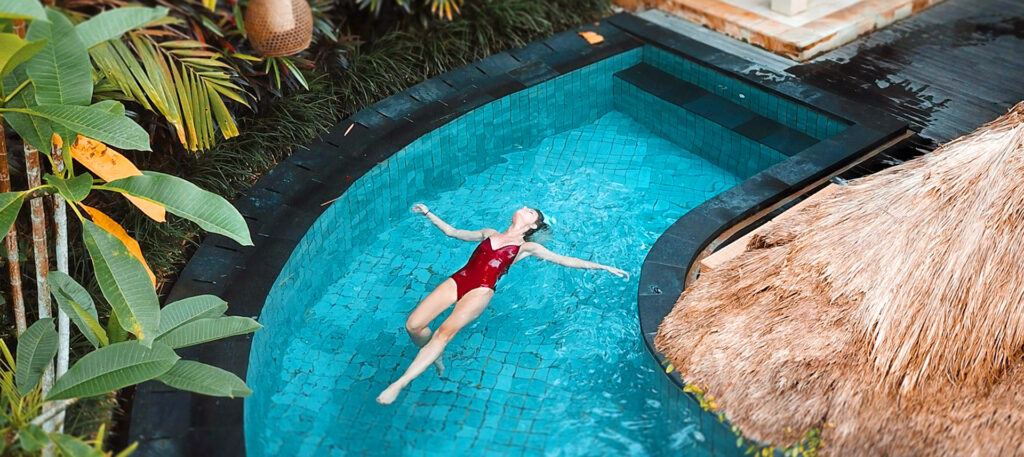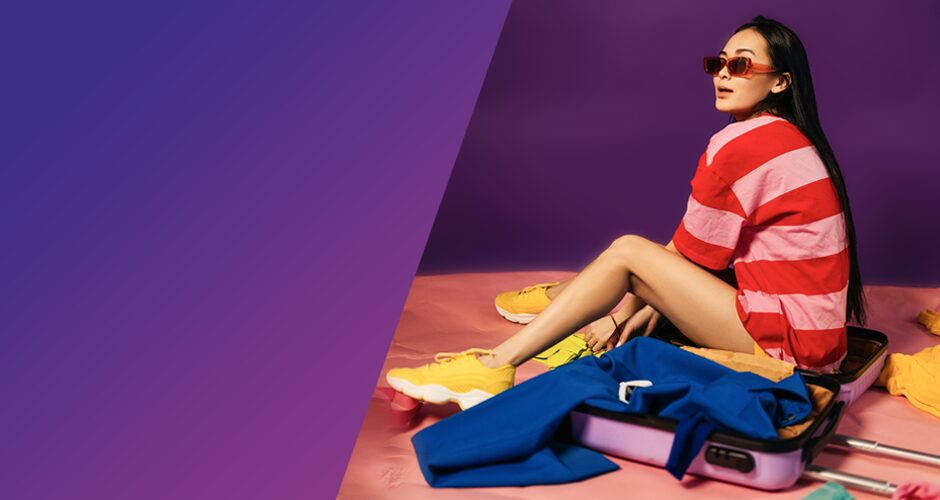Travelling the world with type 1 diabetes can be a joyful, peaceful, exciting and adventurous experience! However, it can also bring some unwelcome and sometimes unexpected challenges. Thankfully, with a bit of preparation and a few tips and tricks, the process can be much smoother. For all of us living with type 1 diabetes who love to explore new territories, a Kaleidoer’s key to success boils down to a bit of preparation!
Ready? It’s time to travel like your luggage is your only baggage!
So you’ve booked your trip… what’s next?
Before embarking on your trip, consider talking to your healthcare professional (HCP) for medical advice and to ensure your diabetes management plan remains effective while traveling. Do this several weeks or months ahead to ensure your HCP has enough time to provide the necessary support! If you’re travelling across different time zones, you may want to ask your HCP how to manage the change in your diabetes care routine, too.
Packing up
Ensure that at least some of your Kaleido supplies are packed in your hand luggage, especially if travelling by plane, boat, sleeper train, or any other mode of transport where you might be separated from your main luggage. Always have a backup therapy with you. Consider what you need to have by your side during travel, and pack enough to last in case of delays, should you have to wait to be reunited with your stuff.
The Kaleido pump and handset (and DBLG1) should always be kept between 5 and 30°C. As such it’s safer to carry them with you. If you’re heading to a hot climate you may need extra cool packs for your equipment, not just your insulin!
Ready to go
Navigating airport security with medical equipment can sometimes be challenging. Electromagnetic waves (including X-rays) and full body scanners (known as AIT or millimeter wave scanners) may damage your system. If you need to go through security: Keep your system (DBLG1, sensor, pump) on your body, DO NOT pass through a body scanner; ask instead for a full-body pat down and visual inspection.
Here are some times to help you breeze through the (security) process:
- Get the right documents: It might be that you can request a letter from your HCP and pharmacy that explains your medical equipment. Keep this letter with your travel documents for easy access.
- Place of pump: Before you travel, consider placing your Kaleido pump in an easily accessible location on your body. Discuss this with your HCP to ensure comfort and convenience during security checks (nobody wants to remove clothing items unnecessarily when airport staff might request to perform additional checks)
- Take 2nd pump in hand baggage: Seasoned Kaleidoers know to carry a second pump in their hand luggage. This ensures that while one pump is keeping your diabetes is in check, the other one is charging its batteries and ready to step in if there are any issues with the primary pump..
Airplane Mode
When asked to switch your devices to Airplane Mode, remember that the Kaleido handset connects to the pump via Bluetooth. Your insulin delivery will not be interrupted when your phone is off or in flying mode.
For the DBLG1 Kaleidoers, enabling Flight mode will disconnect your handset’s cellular connection for 3 to 24 hours but maintain Bluetooth functionality and Loop mode. While Flight mode is on, YourLoops will not receive any data. Data transmission will resume when Flight mode is switched off. Data from active Confidential mode during Flight mode isn’t sent to YourLoops. Du
If traveling to a country without SIM card coverage, manually set the correct time on your device. Consult the conditions of use for detailed instructions on time changes and other adjustments. Once you’ve landed, you can disable Flight mode, and if the country is covered, data will automatically upload to YourLoops. This feature applies only to supported countries; please see the conditions of use for the complete list. Traveling to a country without SIM card coverage? Don’t fret—you can manually set the correct time. Upon returning to a covered country at the start of the new month, your data upload to YourLoops will resume automatically.
Only for Kaleidoers who are using Kaleido stand-alone, you’ll need to update the timezone on your handset to make sure your pump is delivering the right basal rate. If you’re traveling long distances and you’re facing a big change, take the advice given to you by your HCP before you go on holiday. Revisit the Kaleido User Manual for detailed instructions on how to change the time on your handset.

Time for fun!
Picture this scene: you checked-in at your accommodation and unpacked your bags. Maybe you’re sitting by the pool, on the beach or overlooking a beautiful view with a cold drink in your hand. You did it! Unfortunately, however, you can’t book annual leave from diabetes, so there are a few things to consider while you do your thing!
- Temperature management: Always keep your Kaleido pumps and handset at a temperature between 5 and 30°C. This is very important if you’re on the beach, hitting the slopes, or exploring underwater. Consult the insulin package leaflet for specific storage and usage temperature guidelines.
- Air pressure: If engaging in extreme sports or scuba diving, ensure you have the necessary information to make safe choices. The Kaleido pump is designed for air pressure between 0.7 – 1.06 bar, typically found between sea level and 2500m above sea level.
- Water exposure: The Kaleido pump is waterproof for up to a depth of 1.5 meters for one hour. You can choose to keep it on for a short swim or paddle but disconnect it for deeper dives. Always discuss these activities with your HCP and remember to clip on the protective cover for your infusion set. Keep the DBLG1 and your Kaleido handset dry.
- Sunscreen and insect repellent: Some topical lotions and sprays can cause damage to the adhesive on your body patches and infusion sets. Wash your hands t thoroughly before handling your pump, handset or disposable items after applying such products.
Design a holiday to suit you
It’s undeniable that traveling with diabetes takes some effort and planning. But this should limit your adventures. With proper preparation, the world is your oyster. Kaleido Care is always available for technical assistance, and your HCP can provide advice on managing glucose levels while you’re away. All that’s left to say is… bon voyage!

